Introduction to Injection Molded Parts
Injection molded parts are an indispensable element in contemporary manufacturing, enabling the mass production of complex plastic components with precision and efficiency. This method allows for the creation of intricate designs that would be impossible or economically unfeasible to achieve with traditional manufacturing techniques. By leveraging the injection molded parts process, industries can benefit from enhanced production speeds and improved part accuracy, making it a favorable choice for both prototyping and large-scale production.
What Are Injection Molded Parts?
Injection molded parts are components created through a manufacturing process where molten plastic or other materials are injected into a mold cavity under high pressure. The process begins with the melting of raw material, usually in the form of pellets, which is then forced into a designed mold using a specialized machine. Once cooled, the material solidifies to take the shape of the mold, resulting in the finished part. These parts can range from small components such as clips to larger items like housings for consumer electronics.
Benefits of Injection Molding
- High Efficiency and Speed: Injection molding allows for rapid cycle times, making it possible to produce thousands of parts in a day, which is economically advantageous for high-volume production.
- Design Flexibility: The molding process enables engineers to create complex shapes and geometries that would be difficult to manufacture using other methods. This flexibility can lead to innovative product designs.
- Reduced Waste: Because injection molding uses only the material required to fill the mold, scrap waste is minimized, making it a more sustainable manufacturing choice.
- Consistency and Quality: Injection molded parts are known for their high precision and uniformity, ensuring consistent quality across batches.
Key Industries Utilizing Injection Molded Parts
Various industries leverage injection molded parts, including:
- Automotive: Components such as dashboards, fenders, and internal paneling are commonly manufactured using injection molding techniques.
- Consumer Electronics: Casings for devices such as smartphones and laptops often involve injection molded plastics.
- Medical Devices: Injection molding is crucial in creating medical components, ensuring both precision and adherence to stringent health regulations.
- Packaging: Many everyday packaging items, including bottles, lids, and containers, are produced via injection molding.
Components Involved in Injection Molding
Essential Components of an Injection Mold
The mold is at the heart of the injection molding process, and understanding its components is crucial. Key parts include:
- Mold Base: The foundational structure of the mold that supports all other components.
- Cavity and Core: The cavity is the space where the molten plastic is injected to form the outer shape, while the core creates the inner features.
- Ejector Mechanism: A system that helps remove the finished part from the mold once it has cooled.
- Cooling Channels: These are designed within the mold to regulate temperature and enhance cycle efficiency.
Materials Used for Injection Molded Parts
A variety of materials can be used in injection molding, depending on the application and desired properties:
- Thermoplastics: Widely used due to their versatility and ability to be remolded. Common examples include polyethylene and polypropylene.
- Thermosetting Plastics: Once set, these materials cannot be remelted, making them suited for applications requiring high heat resistance.
- Elastomers: These materials provide excellent flexibility and are often used in parts that must endure stretching or compression.
The Role of Molding Machines
Molding machines are essential in the injection molding process, comprising different models tailored to specific applications. The primary types include:
- All-electric Molding Machines: These systems utilize electric motors for injection and clamping, leading to consistent performance and reduced energy consumption.
- Hydraulic Molding Machines: They rely on hydraulic systems, which can be more cost-effective for large-scale applications due to their power and capability to handle heavy molds.
- Hybrid Machines: Combining both electric and hydraulic technologies, hybrid machines offer versatility and efficiency for varied production requirements.
Design Considerations for Injection Molded Parts
Best Practices in Mold Design
Creating efficient molds involves careful consideration of several design best practices to enhance manufacturability:
- Draft Angles: Incorporating appropriate draft angles facilitates easier part removal from the mold.
- Wall Thickness: Consistent wall thickness prevents warping and ensures even cooling.
- Integration of Features: Designing the mold around features that facilitate part assemblage can reduce the complexity and cost of post-processing.
Common Design Mistakes to Avoid
While designing for injection molding, avoiding common pitfalls can enhance the success of the part:
- Ignoring Cooling Requirements: Failing to account for proper cooling can lead to long cycle times and inconsistent part quality.
- Overly Complex Designs: Complexity can complicate mold manufacturing and assembly, inadvertently increasing costs and timelines.
- Poor Material Selection: Choosing materials that do not align with the intended application can compromise the part’s functionality.
Utilizing Software for Design Optimization
Advancements in CAD/CAM software have revolutionized the design process for injection molded parts:
- Simulation Tools: These tools allow designers to visualize flow, cooling, and stress distribution, identifying potential issues before the mold is fabricated.
- Parameter Optimization: Software can optimize parameters such as injection speed and pressure, helping to improve part quality and production efficiency.
Manufacturing Process of Injection Molded Parts
Step-by-Step Process of Injection Molding
The injection molding process can be broken down into several key phases:
- Material Preparation: Raw plastic pellets are fed into the hopper.
- Melting: The pellets are heated in the barrel until they reach a molten state.
- Injection: The molten material is injected into the mold under high pressure.
- Cooling: The material is allowed to cool and solidify within the mold.
- Ejection: The mold opens, and the finished part is ejected using the ejector system.
Quality Control Measures for Injection Molding
Ensuring quality in the production of injection molded parts involves various measures:
- Regular Mold Maintenance: Routine checks and maintenance of molds ensure longevity and consistent performance.
- Inspection: Implementing systematic inspection protocols, such as dimensional checks, helps maintain part quality.
- Data Monitoring: Utilizing real-time data monitoring during production can help identify issues immediately.
Innovations in Injection Molding Technology
Recent technological advancements in injection molding include:
- 3D Printing Mold Components: The use of 3D printing technology to create mold inserts allows for rapid prototyping and reduced lead times.
- Smart Manufacturing: Integrating IoT (Internet of Things) technology aids in process optimization and predictive maintenance.
Applications and Future Trends
Everyday Objects Made with Injection Molding
Injection molded parts can be found in a myriad of everyday objects. Examples include:
- Plastic bottles
- Toys such as Legos
- Automotive interior components
- Household items like storage bins and kitchenware
Future Trends in Injection Molded Parts
The future of injection molding is expected to be largely influenced by:
- Sustainability: Increased emphasis on using recycled materials and eco-friendly practices is likely to grow.
- Customization: As consumer demand shifts towards personalized products, injection molding processes will adapt to allow more customization options.
Sustainability in Injection Molding Practices
Sustainable practices in injection molding are increasingly prioritized due to environmental concerns. Key initiatives include:
- Material Recycling: Using recycled plastics and optimizing the consumption of materials to reduce waste.
- Energy Efficiency: Machines that reduce power consumption during the manufacturing process.
- Process Improvements: Innovations that decrease cycle times and enhance efficiency directly contribute to reducing the carbon footprint.
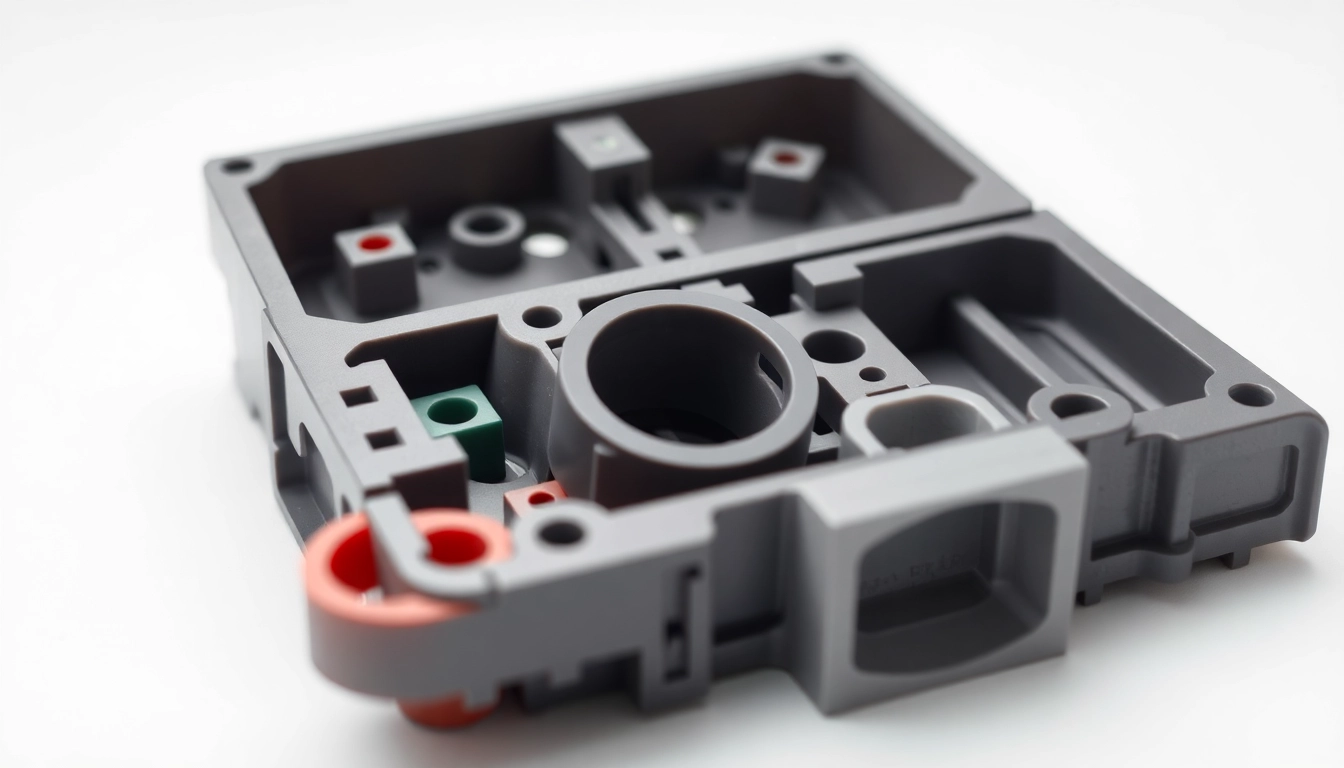
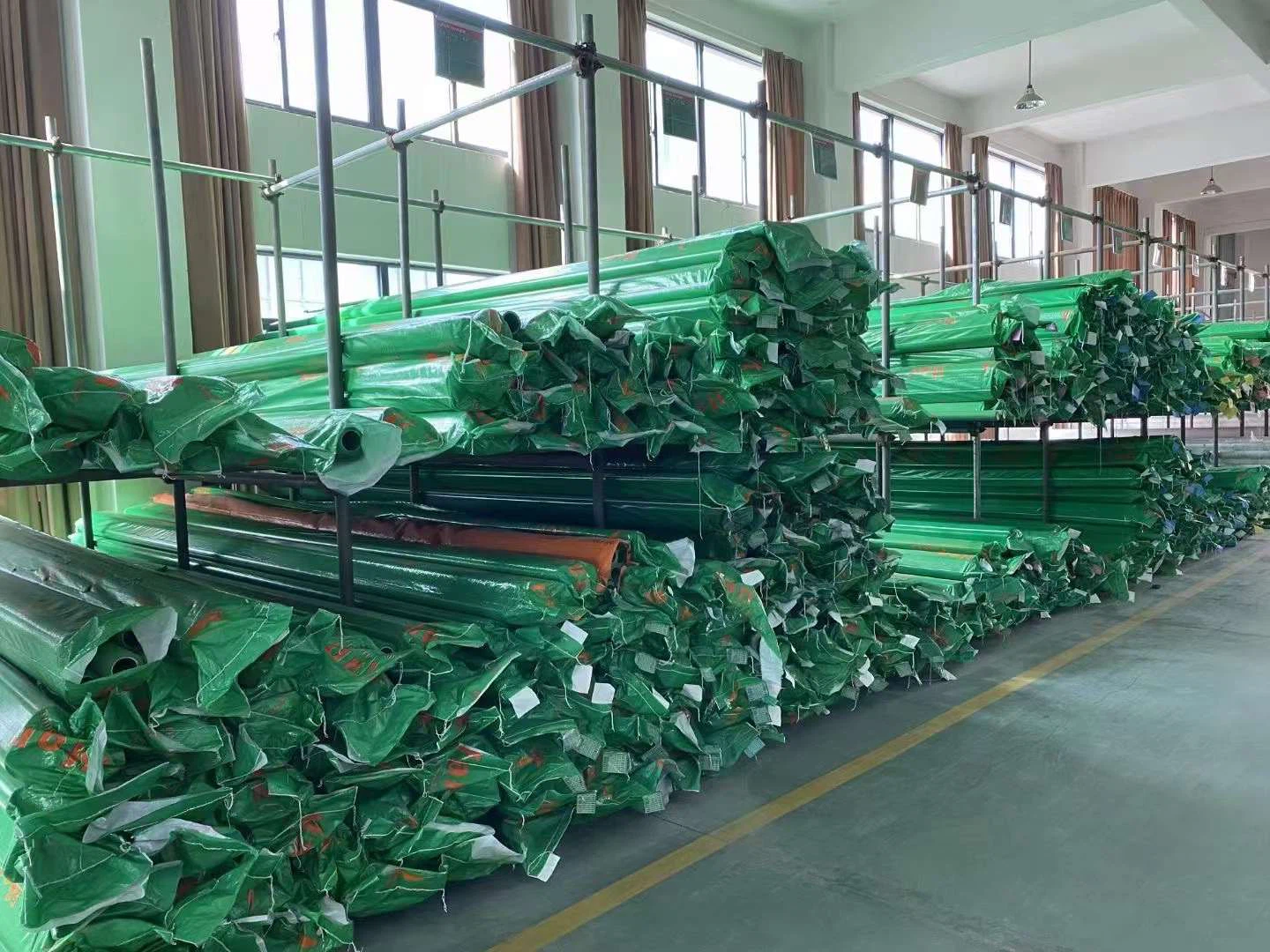
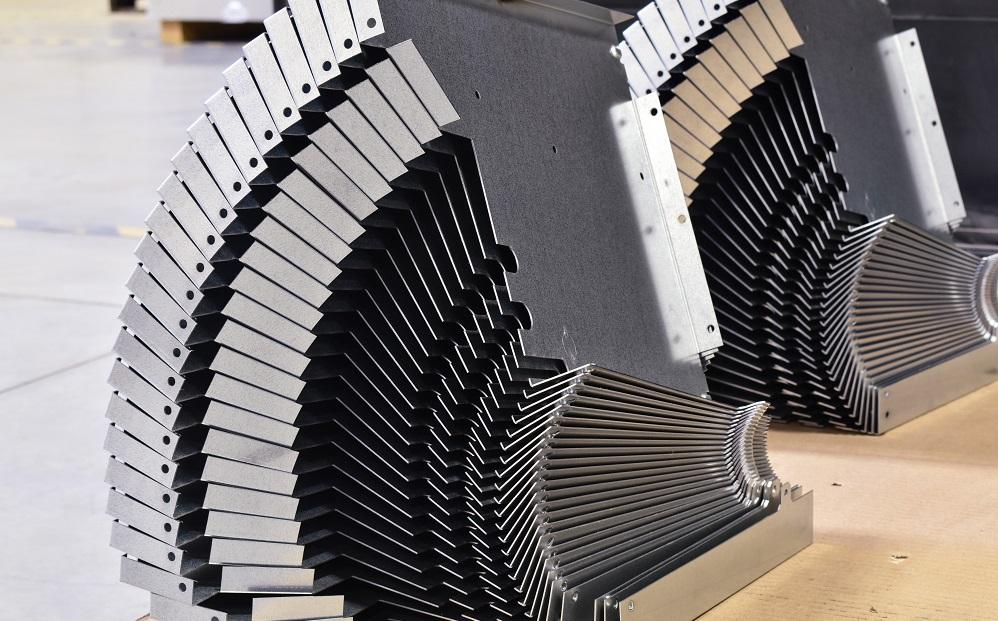

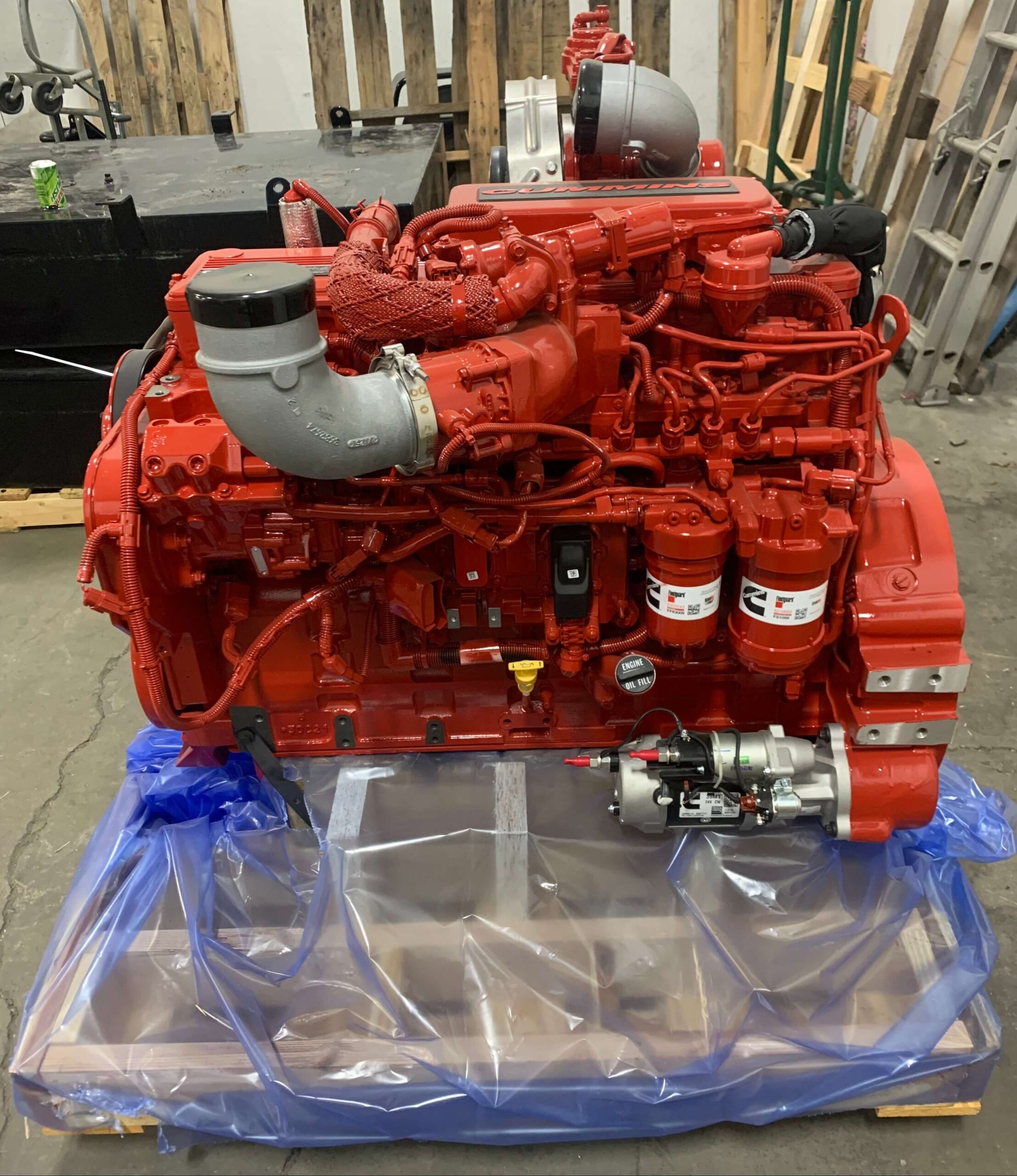





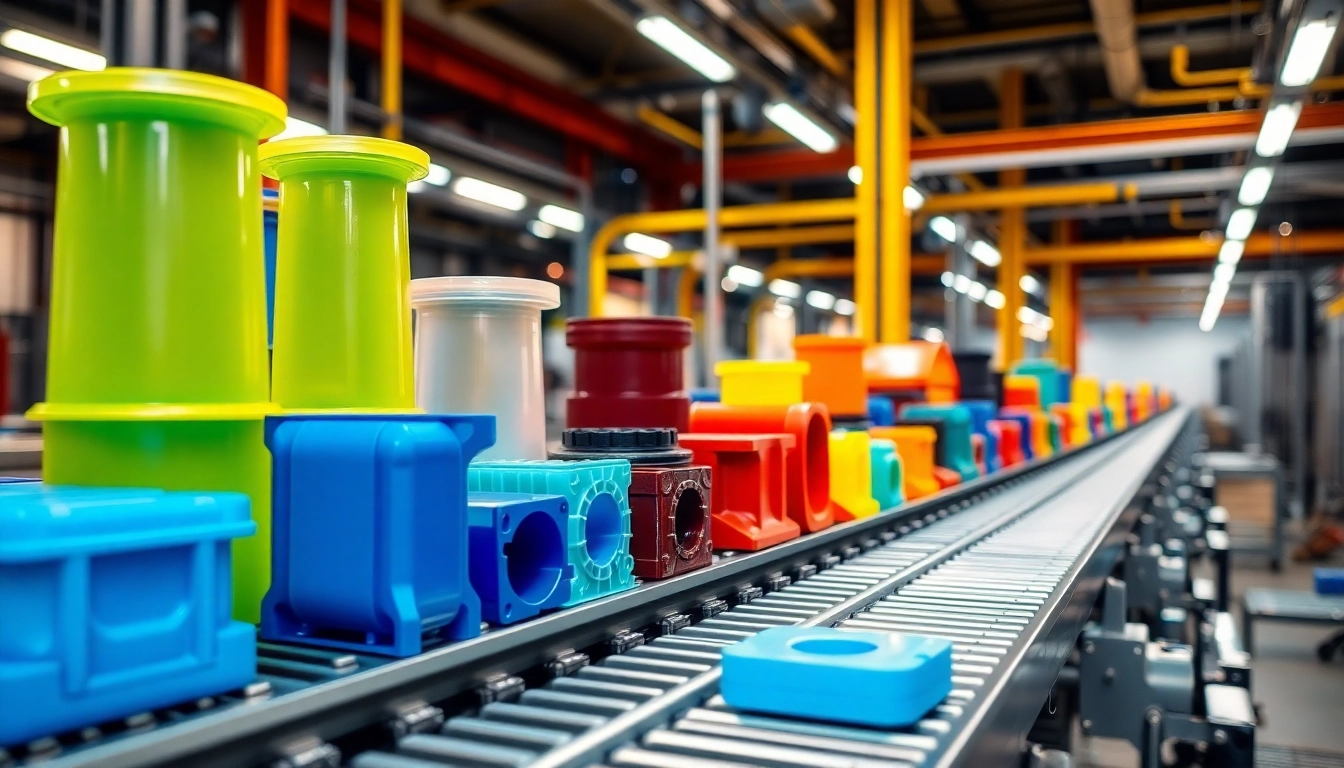




Leave a Reply